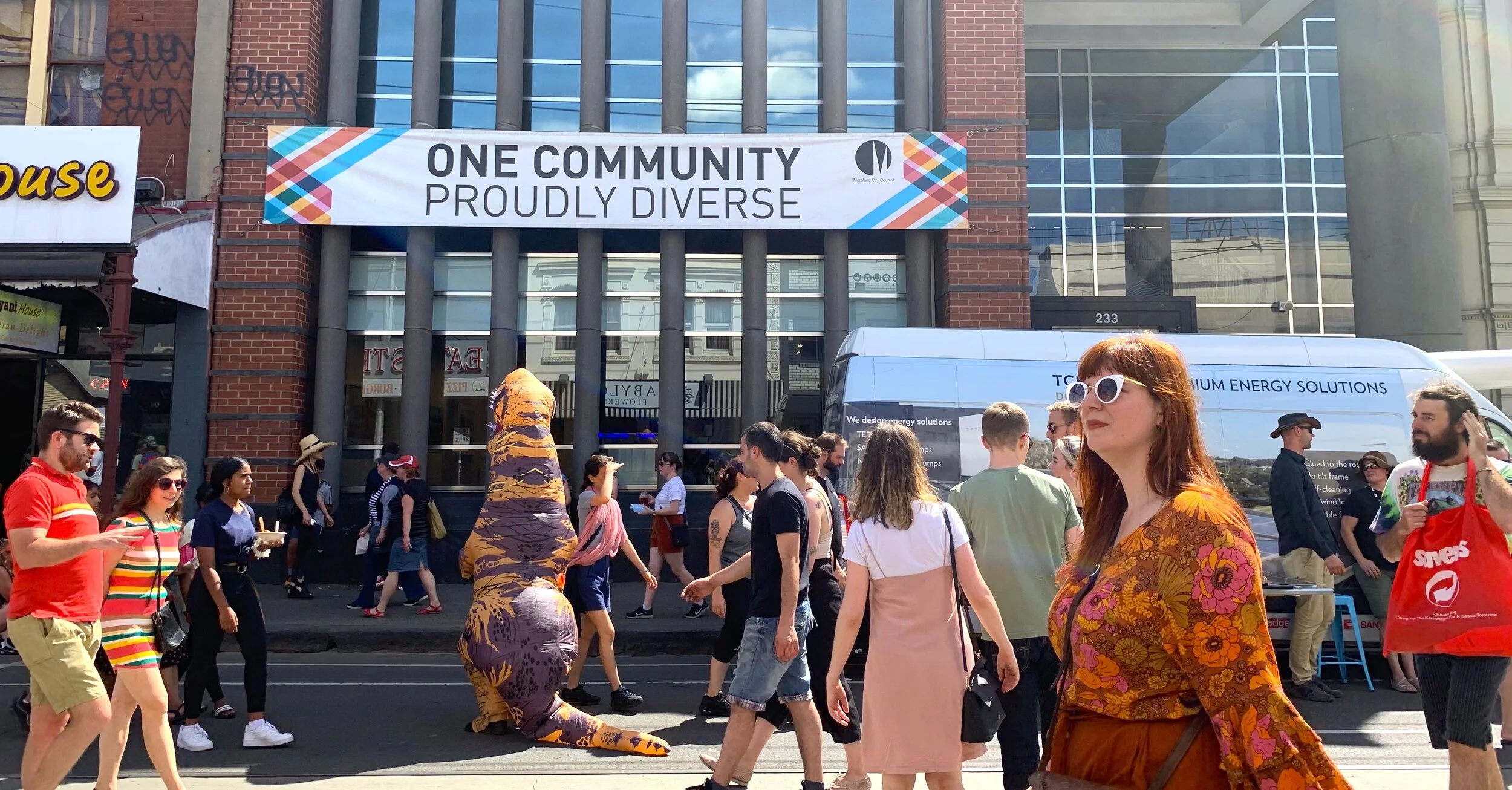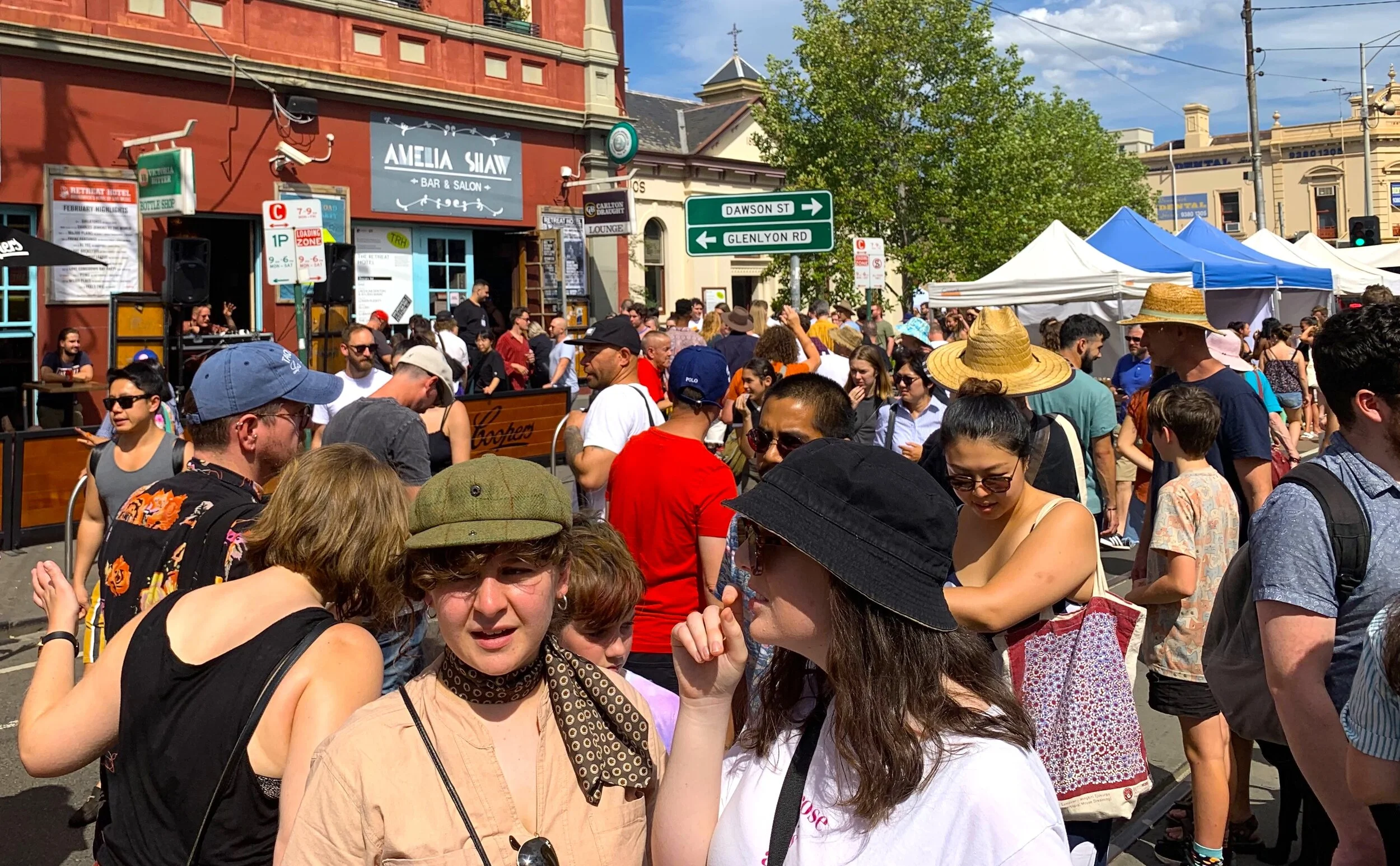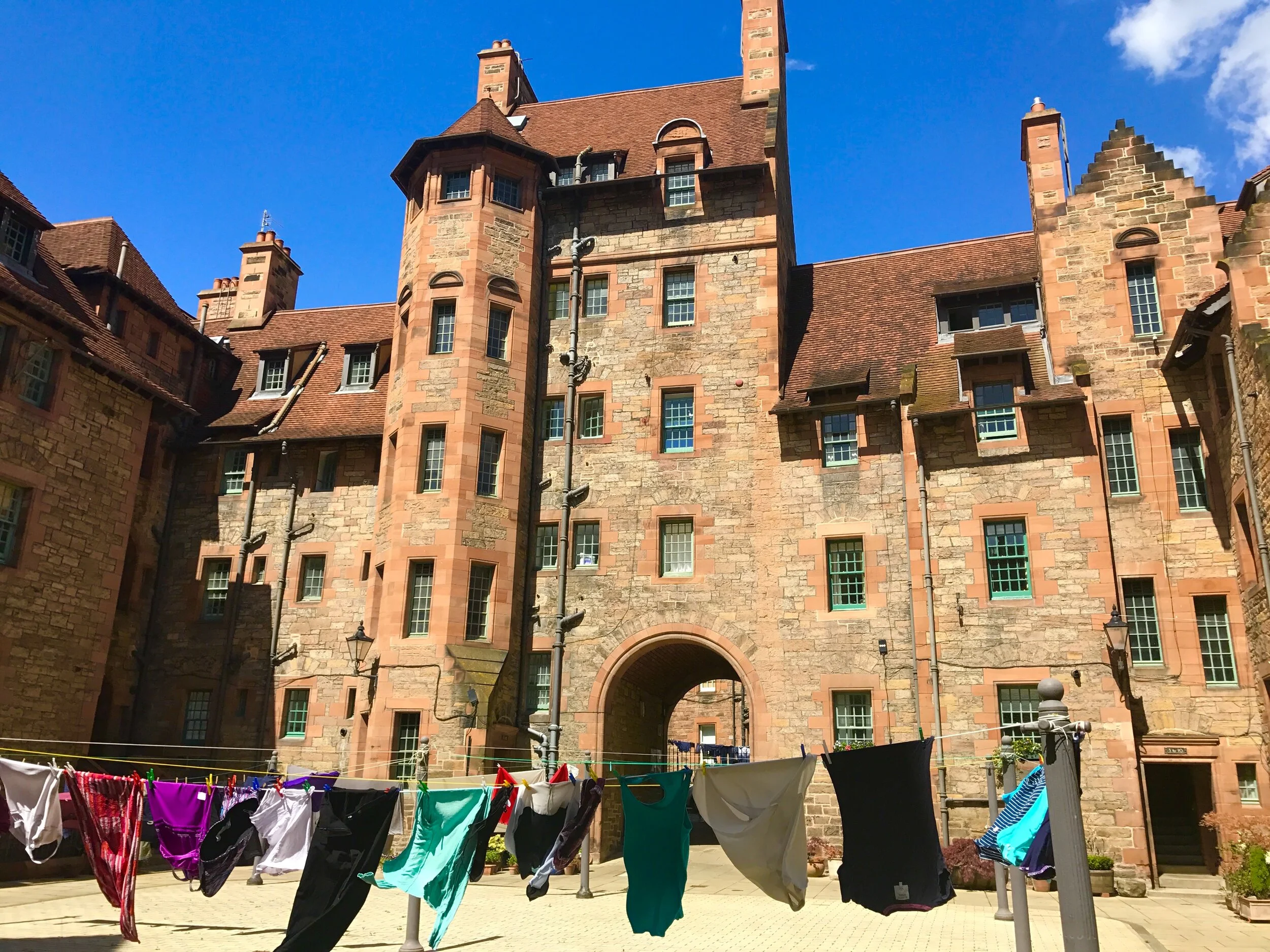A Guide to 20-Minute Neighbourhoods
Plan Melbourne is all about ‘living locally’ ©mayeast
The double concept of liveability and living locally through 20-minute neighbourhoods emerged in Portland and Melbourne, and since Covid it has gained momentum as the latest trend of urban planning. Initially defined by the time it takes to walk to your destination and back, since the pandemic the 20-minute neighbourhoods are on the rise and have incorporated a strong aspect of discovering and deepening the sense of belonging to your local community.
Melbourne argues that the measure of 20-minute neighbourhoods, or 800 metre walkable catchments is all about ‘living locally’ giving people the ability to meet most of their daily needs within a 20-minute return walk from home, with access to safe walking and cycling routes and public transport options. Meanwhile, the Portland Climate Action Plan has set an objective for 2030 calling for vibrant neighbourhoods in which 90% of Portland residents can easily walk or cycle to meet all basic daily, non-work needs.
20-minute neighbourhood is also about deepening the sense of belonging to your local community ©mayest
The Melbourne Plan 2017-2050 is rooted in research that shows that 20 minutes is the maximum time people are willing to walk to meet their daily needs locally. These daily needs may include buying bread and milk, accessing local health facilities and services, schools and meeting neighbours at gathering places.
A Vision for Ecological Settlement Design
When German architects, academics and pioneers in the permaculture and alternative currencies movements Margrit and Declan Kennedy launched their vision for Ecological Settlement Design in 1995. they were then informing the discussions of the emerging ecovillage movement.
A settlement of diversity
A settlement on a human scale
A settlement of short distances
A settlement using as little space as possible
A settlement of occupant responsibility
An energy-efficient settlement
An emission-free settlement
A quiet and beautiful settlement
A settlement which values water
A predominantly waste-free settlement
A settlement of healthy buildings
A settlement of creative conflict solving
A settlement of human values
A settlement of native species & productive plants
Vision for Ecological Settlement Design, Margrit and Declan Kennedy
Damanhur Ecovillage- a settlement of healthy buildings ©Damanhur
When you look at the current discussions amongst policy makers, urban planners and practitioners on 20-minute neighbourhoods, one can see how much this conceptual debate can gain by harnessing the depth of experience of eco-communities worldwide.
20-minute neighbourhoods are settlements of human scale and short distances where living and working are reconciled and long trips to work become unnecessary. Similarly to ecovillages, it is also where social and cultural activities, recreation and leisure take place. Within ecovillages there are decades of experience in creative conflict solving, of beyond tokenistic consultation processes and truly gender-sensitive decision making.
A 20-minute neighbourhood aims to be an emission-free settlement limiting carbon-emitting traffic. Ecovillages have achieved this in multiple ways by planting native species and productive plants as well as covering facades with climbers, establishing natural corridors between areas, creating edible landscapes in every corner, establishing EV car coops, improving air and tempering climate extremes.
Ecovillages- prototypes of 20-minute neighbourhoods?
Findhorn Ecovillahe- UN-Habitat Best Practice Designation for Sustainable Living. ©mayest
Some day, after we have mastered the winds, the waves, the tides and gravity, we shall harness the energies of love.
Teilhard de Chardin
The ‘ecovillage’ is a relatively new concept. It first appeared on the scene in 1991 in a sustainability report commissioned by the Gaia Trust written by Robert and Dianne Gilman which defined for the first time what is an ecovillage.
By the mid-90s, many intentional communities had begun to call themselves ‘ecovillages’, and since then the movement has flourished and spread. The Global Ecovillage Network, set up in 1995, has played a crucial role in linking the highly diverse collection of autonomous ecovillages and related projects.
There is no such thing as a typical ecovillage – each has its own look and character, according to location, climate and cultural identity, and varies in scale from a cluster of houses to a community of hundreds. They do have certain attributes that distinguish them from other urban or rural eco-regeneration initiatives, though, by
rediscovering a healthy and sustaining relation to community life
increasing the ecological and bioregional literacy
developing processes and tools that significantly reduce ecological and carbon footprints
winning back some measure of control over the water-food-energy-ecosystem nexus by reducing energy consumption, establishing decentralised energy systems, localising food systems, and restoring biodiversity
contributing to modern architectural theory and practice through landscape-based architecture, construction of zero carbon buildings and retrofitting of existing ones
localising the economy by re-designing methods of production and patterns of consumption within bioregional boundaries
20-minute neighbourhoods in Scotland
Scotland wants to be a global leader in delivering 20-minute neighbourhoods in rural and urban areas. ©mayeast
You never change things by fighting the existing reality. To change something, build a new model that makes the existing model obsolete.
Buckminster Fuller
Many places around the world have made commitments or drawn up plans to support the realisation of the 20-minute neighbourhood concept. However, only a few have made it a reality. This is the case of Scotland where the Programme for Government 2020 commits the Scottish Government to working with local government and other partners to take forward ambitions for 20-minute neighbourhoods across both urban and rural settlement areas.
The Programme sets out five initial ambitions for developing 20-minute neighbourhoods in Scotland:
Scotland has the opportunity to be a global leader in delivering this concept across the country, showing that it is feasible in both urban and rural locations
Every neighbourhood in Scotland should be facilitated to be a 20 minute neighbourhood
Communities should be empowered to make changes in their neighbourhoods to allow them to meet their daily needs in a fair and equitable way
This concept should enable people to travel actively in support of their health and well-being, without access being limited by the cost of transport
The 20-minute neighbourhood concept should be the ambition that pulls together all other relevant policies in a given location
Edinburgh- a net-zero city by 2030
Edinburgh a net-zero city by 2030 ©mayeast
Edinburgh City Council has a thrilling target to become a net-zero city by 2030. This means that any greenhouse gas emissions put into the atmosphere are balanced out by those removed, producing a ‘net’ effect of zero.
A key strategy to achieve its emerging City Plan 2030 in 8 ½ years is the establishment of 20-minute neighbourhoods, where daily needs would be situated within 20-minute by foot, cycle, or public transport.
The strategy aims to build on Edinburgh’s strong sense of local community with a series of locations being discussed at the moment including Corstorphine; Lochend /Restalrig; Ratho; Craigmillar/Bingham; Moredun/Gilmerton; South Queensferry; Currie/Balerno; Morningside/Bruntsfield; Stockbridge; Gorgie/Dalry; Muirhouse; Tollcross; Granton; Nicholson Street; Wester Hailes; Kirkliston; Oxgangs; Leith/Leith Walk; and Portobello.
Conclusion
The Rachel Carson Center for Environment and Society publication Realising Utopia: Ecovillage Endeavours and Academic Approaches positions ecovillages as ‘pioneers of change’ demonstrating that a good life with a low ecological footprint is possible, even in industrialised countries.
The sense of community gives us the growing evidence that substantial reductions in footprints are possible in ways that are easily achievable, while improving the quality of life.
Community-led initiatives are developing models that have been proven to work and that hold an important key in our transition to 20-minute neighbourhoods, if this is the direction Scotland is taking.
A question remains
Is there a scope for policy makers, urban planners and practitioners in Scotland to learn for instance from the Findhorn Ecovillage experiment in Moray, a 50-year living laboratory striving to demonstrate low-carbon, place-based values and practices for 20-minute human settlements to thrive?
Furthermore, the Findhorn Ecovillage offers a rich field where the tangible and intangible values of place are not separate; they are rather – according to a definition by Algerian archaeologist Mounir Bouchenaki- two sides of one coin. Quite likely, thanks to the appropriate Genius Loci, Esprit du Lieu they are a natural unity.
The idea of a Genius Loci as a guarantor of diversity of place in a globalised world of 20-minute neighbourhoods could perhaps help us to uncover the functional and ‘intangible’ sides of net-zero urban design.
Findhorn Genius Loci as a guarantor of diversity of place ©mayeast







